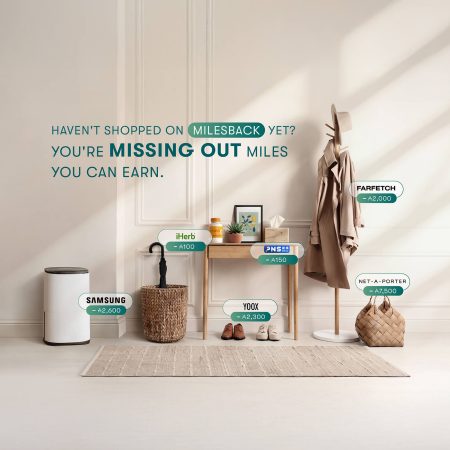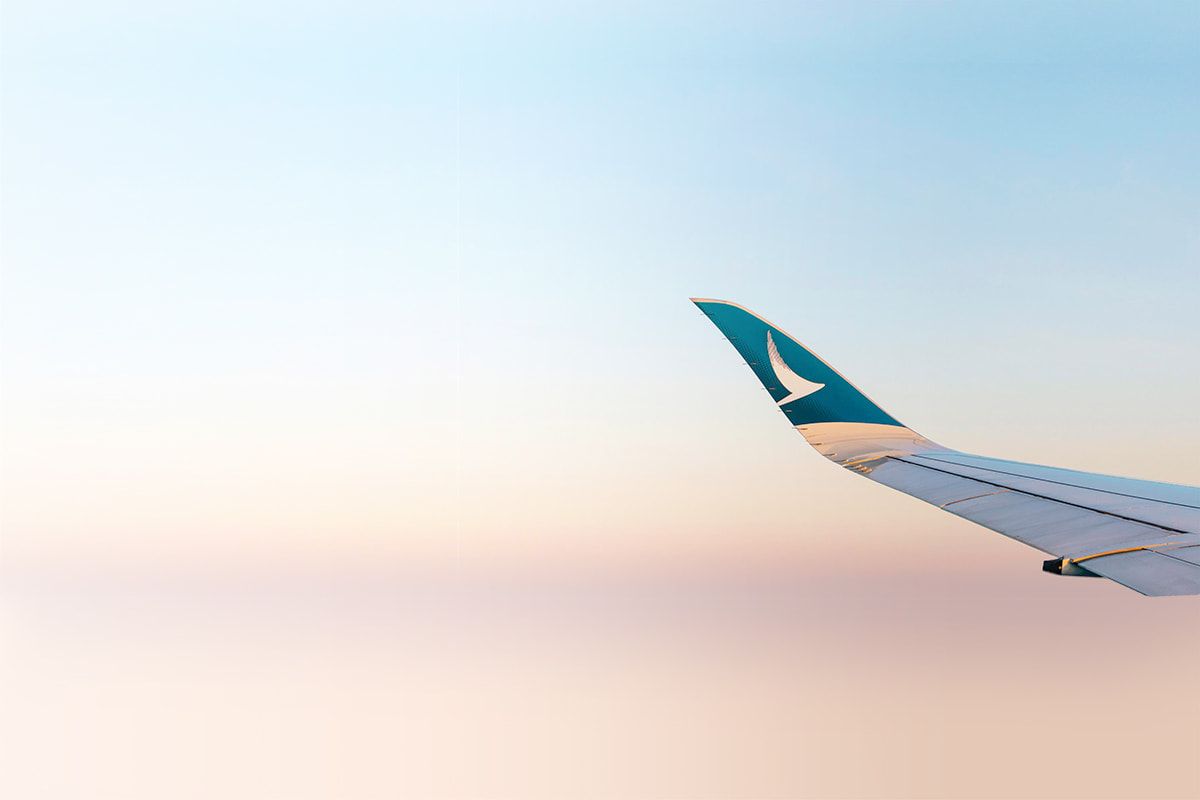Where do flight attendants sleep on long-haul flights?

You’d never know it’s there – the entrance is made to look like a toilet door – but hidden above the back section of economy is a humble space where flight attendants sleep.
On the Boeing 777-300ER, cabin crew climb a set of stairs up to the secret rest area; on the Airbus A350 there are ladder-style stairs and a sliding door.
What lies within differs slightly, too: on the 777-300ER there are eight bunks – two rows of four with a small aisle in between – separated by partition walls and curtains. On the A350-1000, the bunks are adjacent to each other.
Beds aren’t ‘officially’ allocated, but there’s a pecking order. ‘Junior crew will automatically take the smaller one,’ says Inflight Services Manager Charlotte Lam.
Crew require a minimum of three hours rest when the flight duty period exceeds 14 hours (from when crew ‘sign on’ to 15 minutes after engines off). For flight duty periods longer than 18 hours, 4.5 hours bunk rest is required.
The crew take turns for rest breaks. The first group will rest after the first meal service. ‘Usually cabin crew prefer to be in the second group,’ says Inflight Services Manager Roy Lai.
‘After two meal services the second group of crew are tired, so it can be easier to sleep.’
The rest area is a strictly no-noise zone. Inflight Services Manager Steven Lui says: ‘Even when you tear the plastic open on the bedding, you have to be careful and quick. We can’t use an alarm clock either.’
Instead, flight attendants set their phones to vibrate. But in such close sleeping quarters, it’s a chain reaction. ‘The first person will wake up and the others will follow, like a wake-up call,’ says Lui. ‘Then it’s time to roll up the blankets and be ready to serve our passengers once again.’
- China – the Chinese Mainland, Hong Kong SAR, Macao SAR and Taiwan Region
- Hong Kong SAR - English
- Chinese Mainland (China) - English
- Taiwan China - English
- 香港特別行政區 - 繁體中文
- 中国內地 - 简体中文
- 中國台灣 - 繁體中文
- Africa
- South Africa - English
- Asia
- Bangladesh - English
- Korea - English
- Singapore - English
- Cambodia - English
- 한국 - 한국어
- Sri Lanka - English
- India - English
- Malaysia - English
- Thailand - English
- Indonesia - English
- Maldives - English
- ประเทศไทย - ภาษาไทย
- Indonesia - Bahasa Indonesia
- Myanmar - English
- Vietnam - English
- Japan - English
- Nepal - English
- Việt Nam - tiếng Việt
- 日本 - 日本語
- Philippines - English
- Australasia
- Australia - English
- New Zealand - English




.renditionimage.450.450.jpg)

